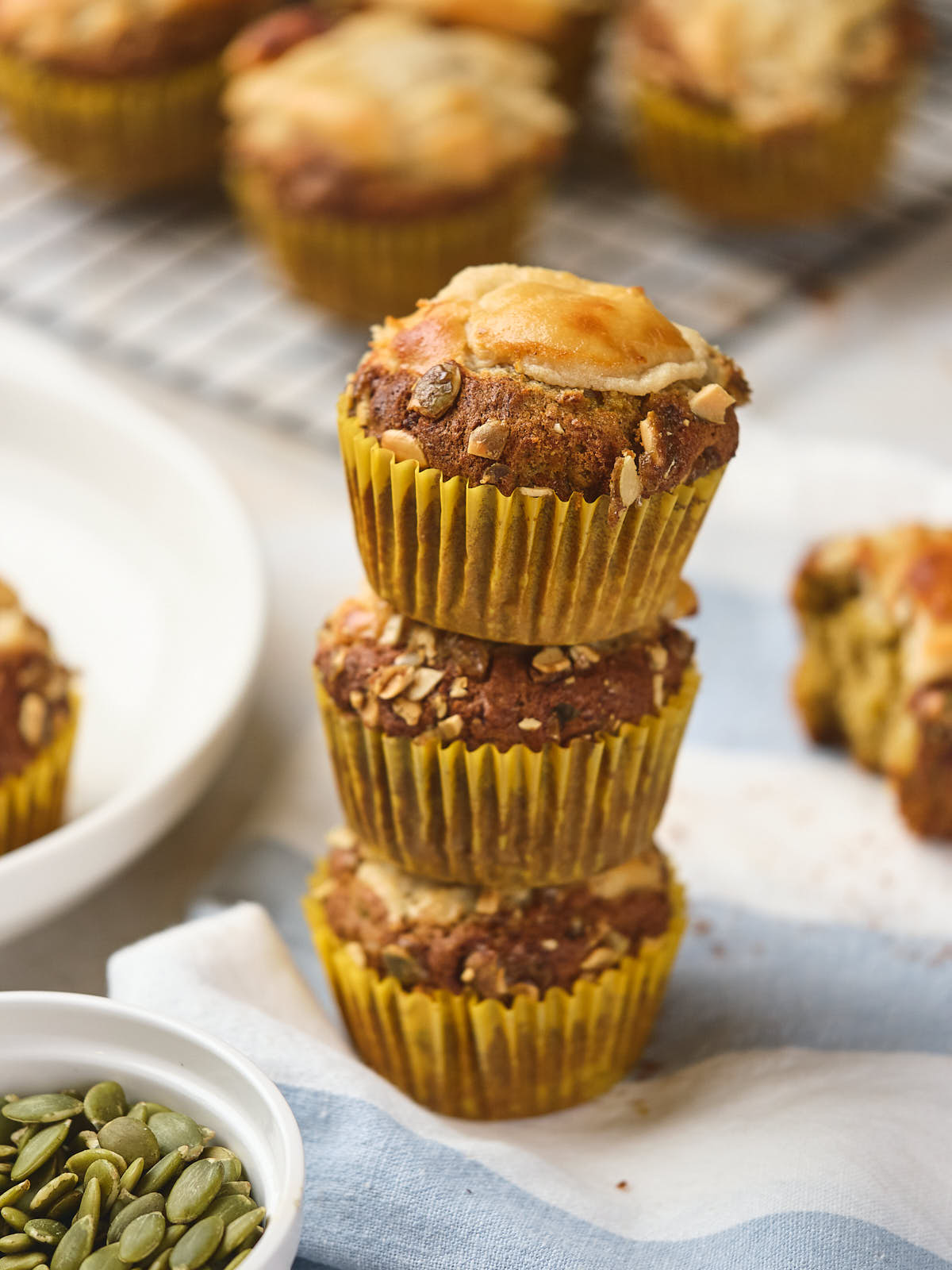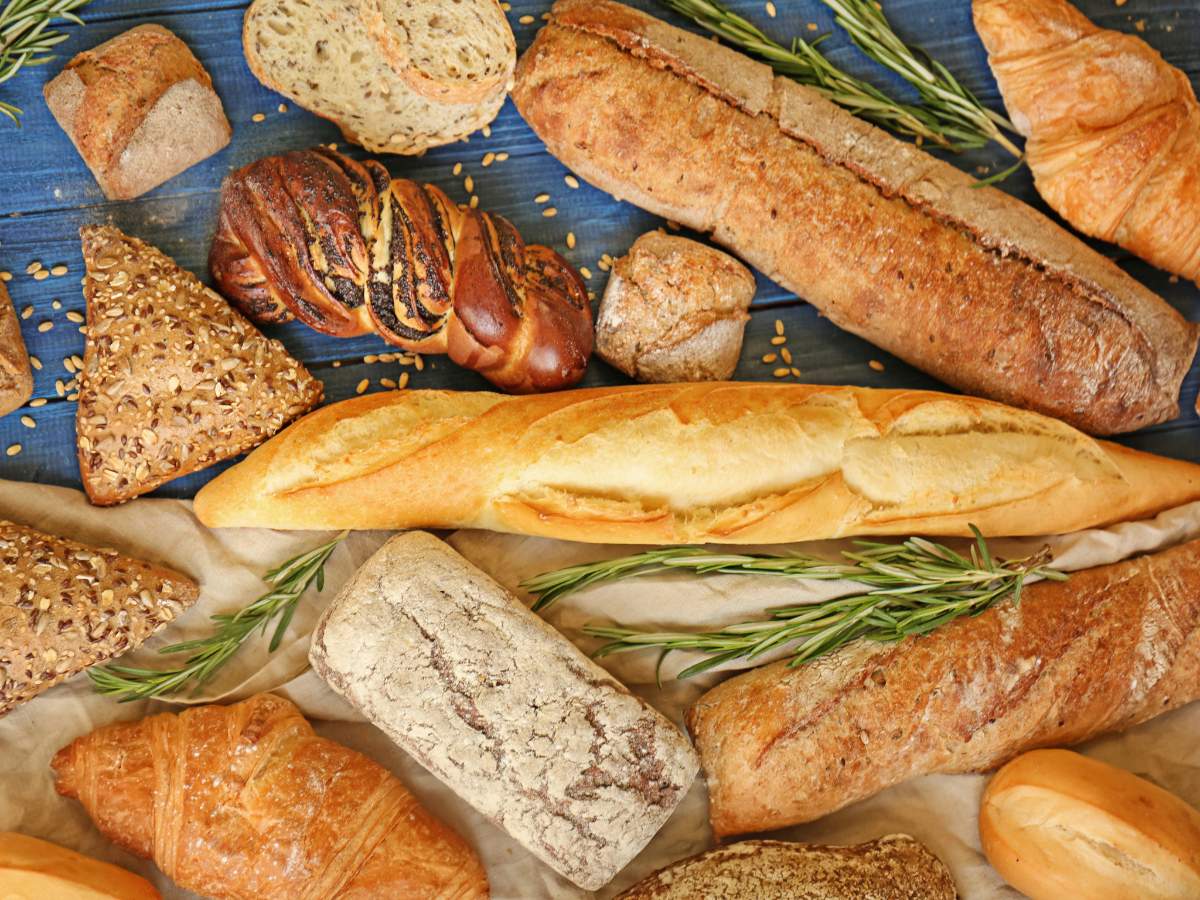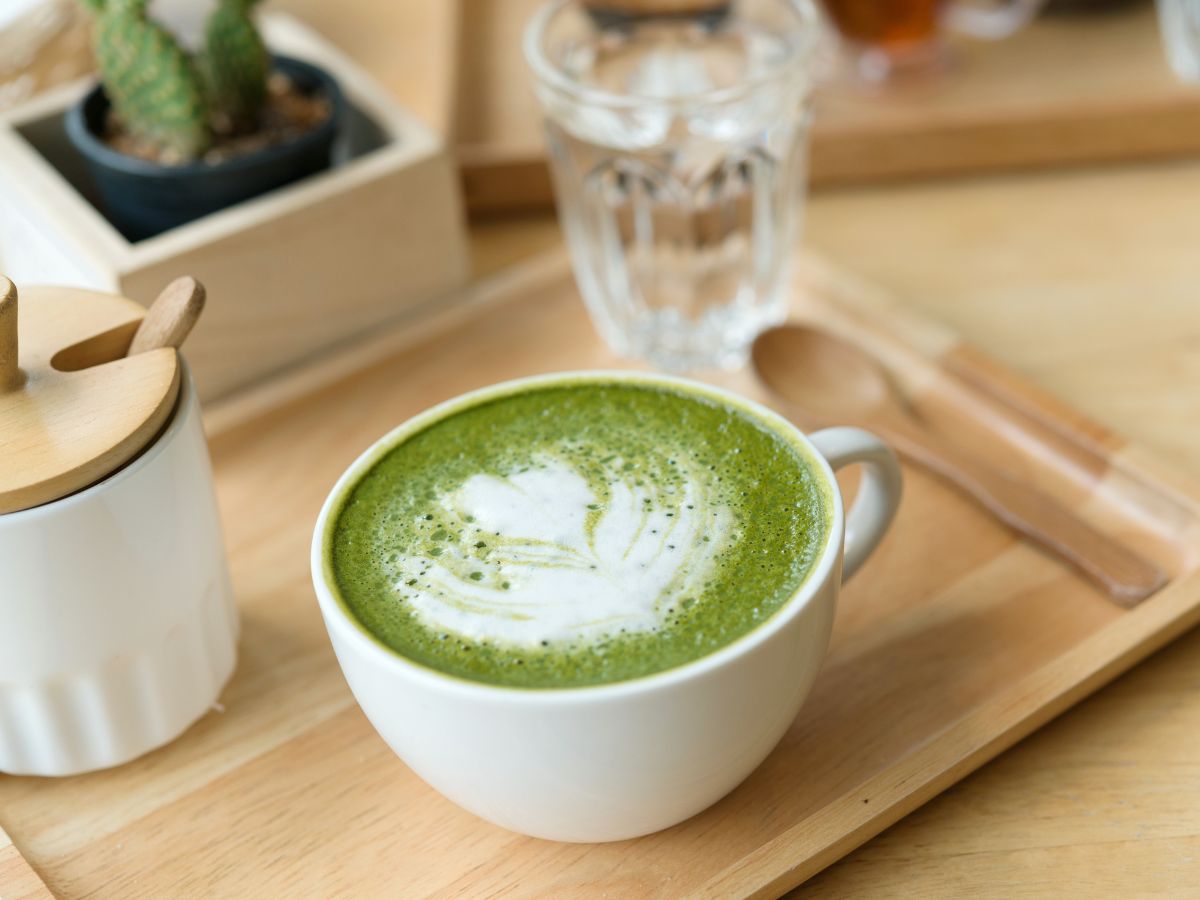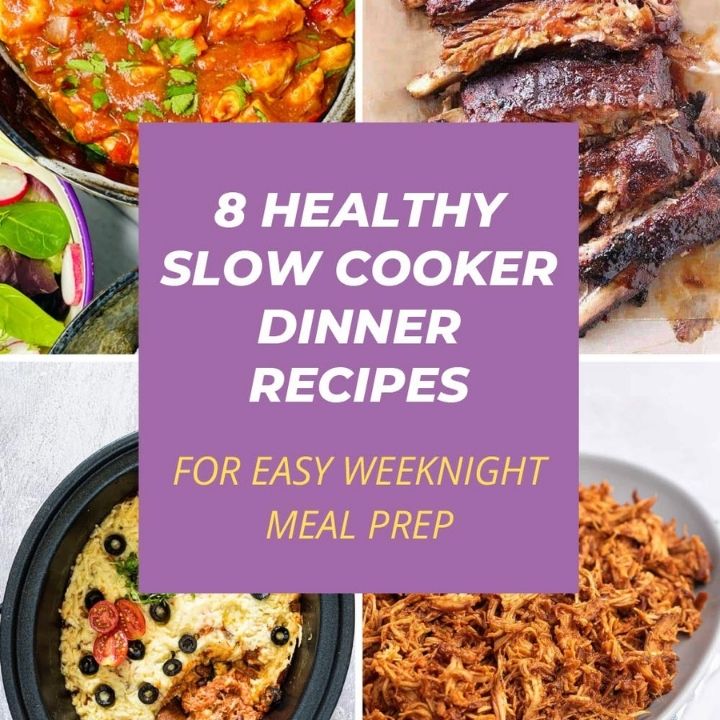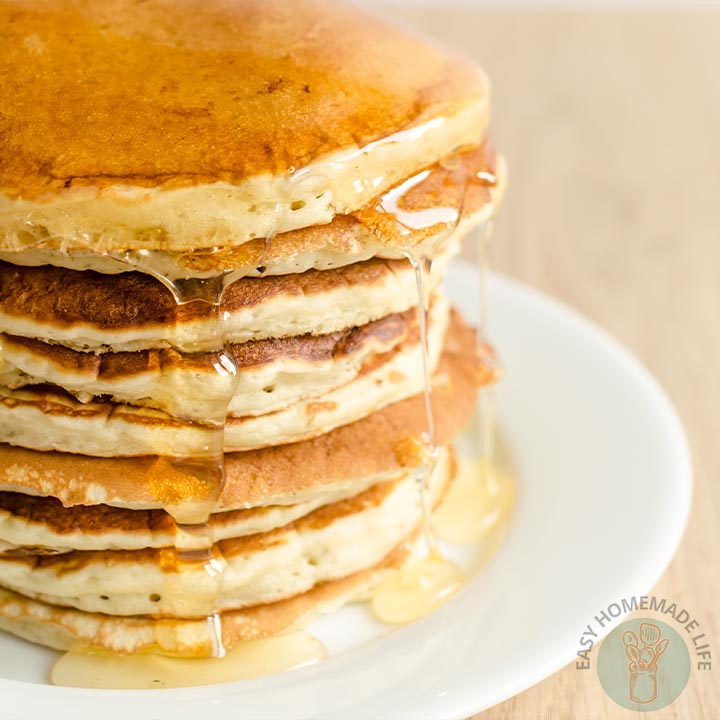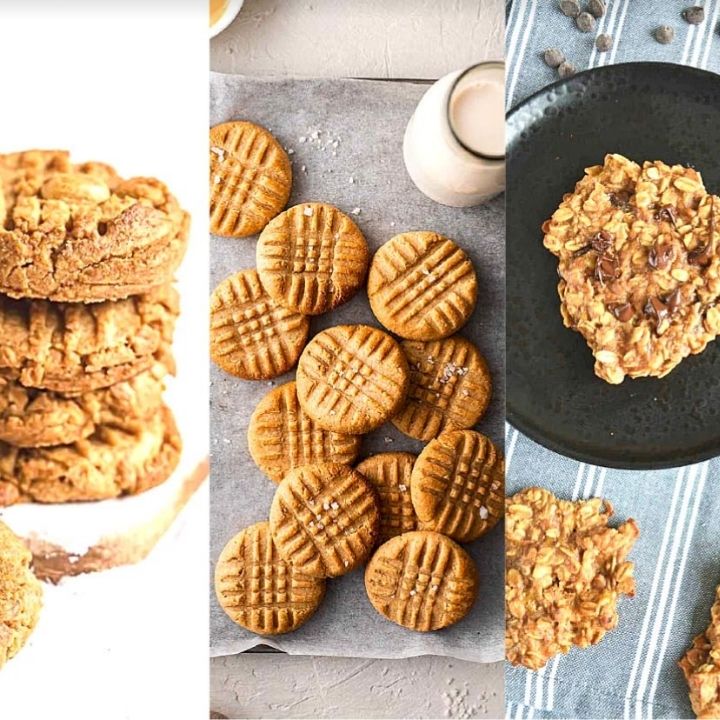The Art Of Making Perfect Pour-Over Coffee
As a participant in the Amazon Services LLC Associates Program and other affiliate programs, Easy Homemade Life may collect a share of sales or other compensation from the links on this page. This comes at no additional cost to you, and all the prices and availability are accurate at the time of publishing.
Unleash the flavors hidden within your favorite coffee beans through the art of perfect pour-over coffee. Guide the flow of hot water through the freshly ground beans, extracting the rich, aromatic essence of the coffee. Pour, sip, and enjoy.
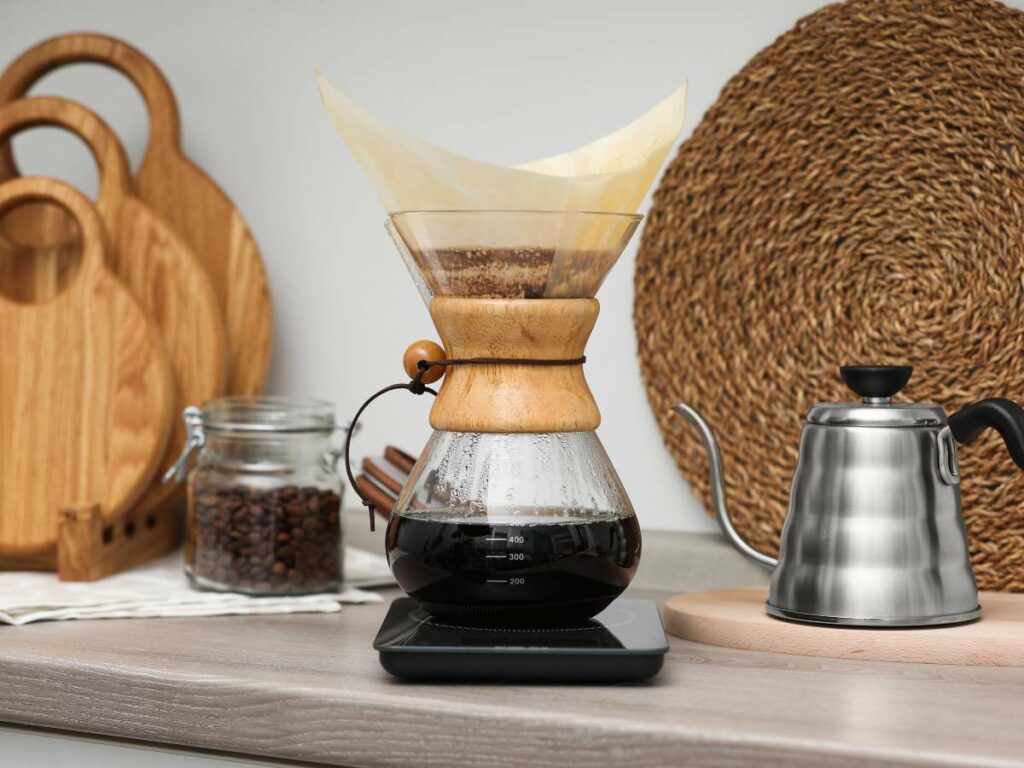
Gravity isn’t just a force; it’s a collaborator in crafting the perfect cup of coffee. The process turns a daily coffee into a moment of pure indulgence.
Even if you’ve never made pour-over coffee, don’t worry — the process is simple and rewarding. With some practice, anyone can master the technique and enjoy the finest cups of coffee in the comfort of home, with no need to visit a specialty coffee shop.
What Is Pour Over Coffee?
Pour-over coffee is a popular brewing method that involves manually pouring hot water over ground coffee. It gives you precise control over variables like water temperature, water flow and extraction time, which can significantly impact the flavor of the final beverage.
Equipment Needed For Pour Over Coffee
The equipment needed for this type of coffee brewing is simple and inexpensive. To streamline your coffee-making, make sure to gather all the necessary components in one place.
- Pour-Over Cone Or Dipper: Many brands of pour-over devices are available. They are ceramic, glass or metal.
- Filter: Each pour-over system has a coffee filter designed to work with it. The filters can be paper or metal.
- Scale: A digital scale accurately measures the coffee and water to get the ratios just right. Many coffee enthusiasts recommend a 15-to-1 ratio of water to coffee.
- Kettle: A kettle boils the water. A gooseneck kettle provides the best control over the water flow, but any kettle will work.
- Coffee Grinder: A good burr grinder is ideal for grinding the coffee beans. A burr grinder uses two revolving abrasive surfaces to achieve a consistent grind size for the beans. This ensures you get a precise grind.
“After smashing my coffee carafe into pieces by accident, I stumbled upon pour over coffee and haven’t looked back since. I love that a big coffee maker no longer takes up residence on my countertop and the coffee itself tastes better. It’s perfect for anyone who likes just a single cup.”
— Gina Matsoukas, Running to the Kitchen
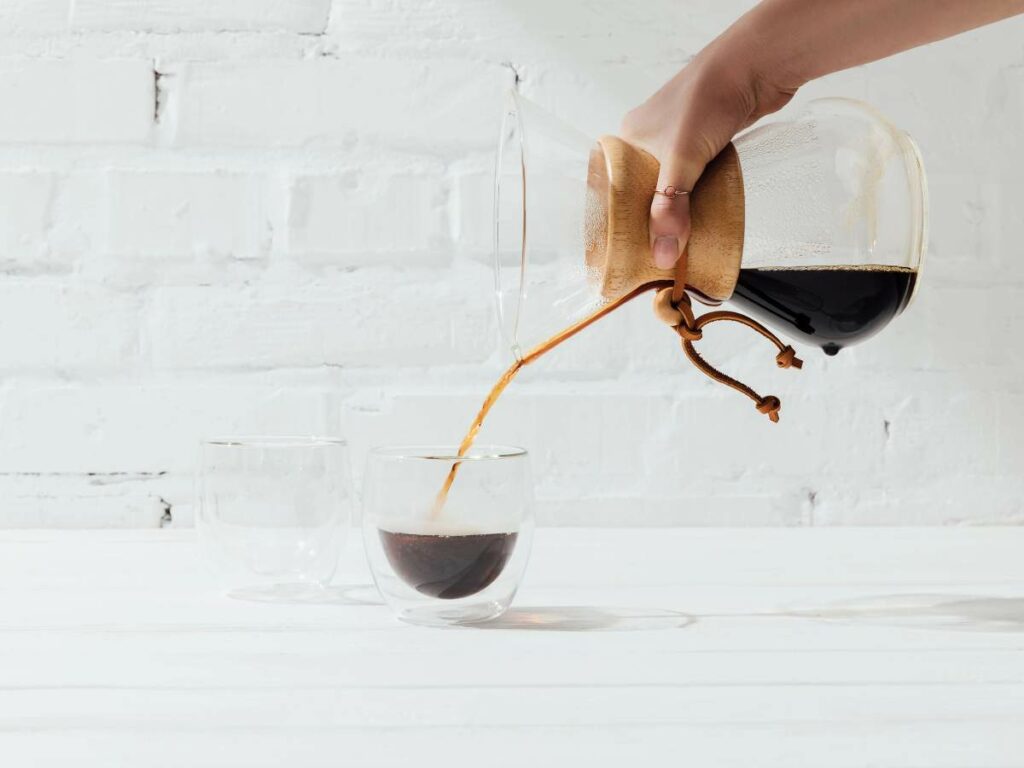
Step-By-Step Process For Pour Over Coffee At Home
Here are the simple steps for brewing pour-over coffee.
- Place the pour-over cone on top of the mug or coffee carafe, making sure it sits flat against the sides.
- Weigh out the coffee beans. A good starting ratio is 15-to-1 of water to coffee beans. For a 12-ounce cup, this would be about 25 grams of beans.
- Grind the coffee beans to a medium-to-fine consistency, similar to the texture of sea salt. Add the grounds to the filter, leveling them out.
- Heat the water to around 200 F. If you don’t have a thermometer, bring the water to a boil, then let it rest for 30 seconds.
- Slowly pour a small amount of water in a circular motion onto the coffee grounds, just enough to wet them. Then, wait 30 seconds for the bloom process, which allows the coffee grounds to release trapped carbon dioxide.
- Continue pouring the water slowly, aiming for a thin, steady stream. Pour evenly in a spiral motion from the center to the edges. Keep the water level consistent. Use a scale to measure the water poured, stopping when you reach the desired ratio.
- Allow all the water to filter through the grounds and into the mug. The entire process should take three to four minutes. Remove the pour-over cone and enjoy a rich, balanced and flavorful coffee with your breakfast.
What Makes Pour Over Coffee Unique?
Coffee lovers love pour-over coffee for several reasons. From total control over your brew to the convenience of the setup, pour-over coffee has many advantages.
- Control: It allows a lot of control over every aspect of the brewing process. You can adjust the grind size, water temperature, pouring technique and brew time to fine-tune the flavor precisely as you want it.
- Consistency: With practice, this method yields a highly consistent cup of coffee.
- Clarity of Flavor: Pour over coffee produces a clean, vibrant cup of coffee that highlights the subtle flavor notes of the coffee.
- Customization: Since you control so many variables, you can customize your coffee exactly how you like it. Whether you prefer a stronger, more robust cup or something lighter and more nuanced, the pour-over method can achieve it.
- No Need for Electricity: A pour-over setup doesn’t necessarily require any electric appliances since you can heat the water on a stove or a campfire. So, it’s a method that can be used anywhere, from your kitchen to a campsite.
- Freshness: Usually, pour-over coffee is made to order, one cup at a time, ensuring that every cup is fresh.
Simple And Inexpensive Coffee Making
Making pour-over coffee is a simple process. No expensive or complicated machinery is required. The cost of a pour-over setup is quite budget-friendly, making it an attractive option for many coffee lovers.
Pour-over coffee is my go-to prep method for a single cup of fresh coffee. I think it makes a stronger fresh coffee smell than using a French press. I love the smell so much that pour-over coffee is an extra special treat.
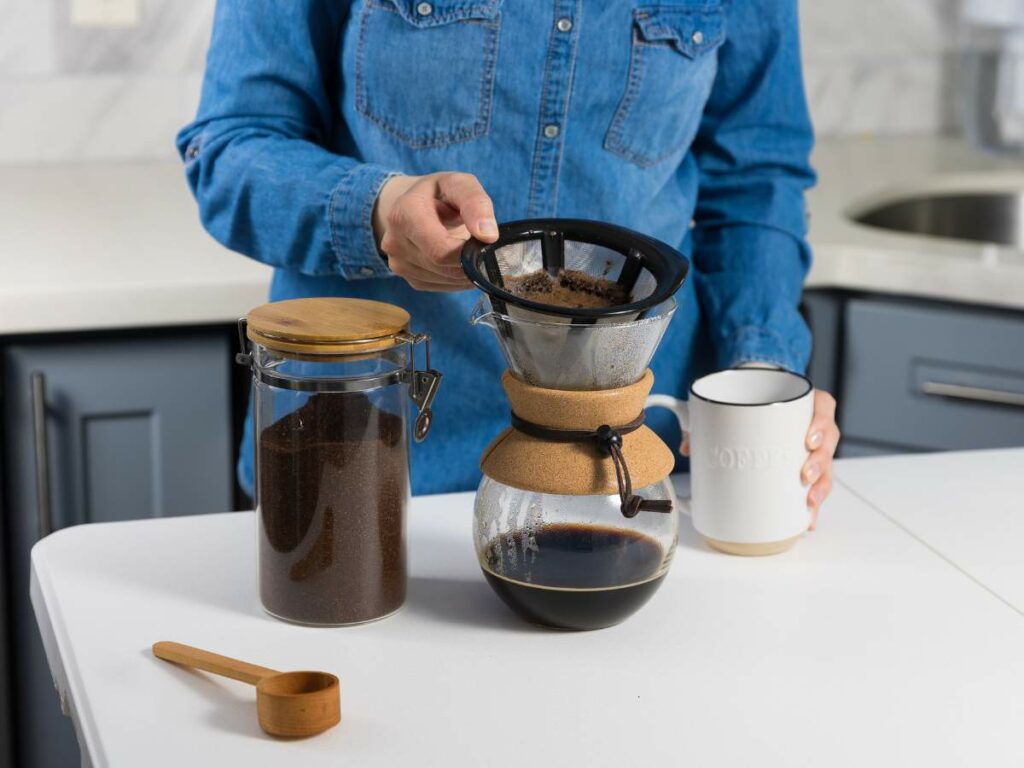
Enjoyable And Relaxing
Many people enjoy the taste of pour-over coffee and the process of making it. Pouring the water, watching the coffee bloom and seeing the slow drip can be a calming, almost meditative experience.
This mindful process can encourage you to slow down, take a break from daily life and appreciate the art of brewing a perfect cup of coffee. Pour over coffee appeals to those who enjoy both the process and the result. It provides a rich, complex cup of coffee that reflects the care and attention put into making it.
Common Mistakes To Avoid
While making brewed coffee is a simple process, some practices can affect the taste and quality of your brew. Here are some common mistakes to avoid when preparing your pour-over coffee.
- Using the Wrong Grind Size. A medium or medium-fine grind is best for pour-over coffee because it allows for optimal extraction. This grind size ensures that the water flows evenly through the coffee grounds, helping avoid over-extraction or under-extraction, which significantly affects the flavor of the coffee.
- Inconsistent Pouring Technique. This takes practice, but try to be as slow and steady when pouring water over the coffee. Inconsistent pouring can cause channeling (the uneven extraction of coffee grounds), leading to a cup of coffee that has an imbalanced flavor profile.
- Improper Coffee-to-Water Ratio. Sometimes, we get too excited and try to wing it with pour-over coffee. To get the best possible flavor and quality, accurately measure the water and coffee, sticking to the 15-to-1 ratio.
- Skipping the Bloom. Many beginners make the mistake of rushing the process and skipping the bloom. Doing so can prevent proper gas release and lead to an uneven extraction. It’s important to wait at least 30 seconds for the bloom process to happen, which is just a short amount of time!
- Overlooking Quality. Fresh coffee beans are best for making pour-over coffee. Avoid using old or improperly stored coffee beans, which can result in a lackluster brew. Pour water quality also affects the flavor of your coffee, so be sure to use filtered water.
Conclusion
Pour-over coffee has several unique qualities that set it apart from other brewing methods. It offers you complete control over the brewing process. This control results in a clean, complex and flavorful cup of coffee with increased clarity and aroma.
The process may seem intimidating initially, but you’ll quickly get the hang of it with practice. Pour-over coffee provides an incredible coffee experience tailored to your tastes. Plus, it’s a fun and satisfying skill to master.
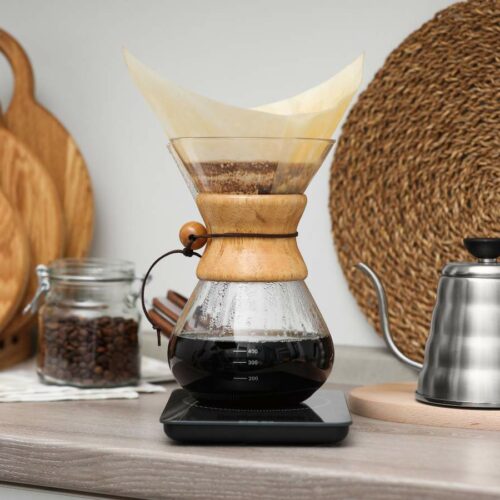
Coffee Shop-Style Pour-Over Coffee At Home
Equipment
- 1 Pour Over Cone or dipper
- 1 Filter
- 1 Mug or coffee carafe
- 1 Digital scale
- 1 Kettle
- 1 Coffee grinder
Ingredients
- 50 grams Coffee beans
- 24 ounces Water
Instructions
- Place the pour over cone or dipper on top of your mug or coffee carafe. Secure and make sure it sits flat against the sides.
- Pour the coffee beans in your coffee grinder and grind to a medium-to-fine consistency, similar to the sea salt texture. Pour the coffee grounds to the filter and level them out.
- Heat the water to around 200 F. If you don’t have a thermometer, bring the water to a boil, then let it rest for 30 seconds.
- Carefully pour a small amount of water over the coffee grounds in a circular motion, just enough to wet them. Wait about 30 seconds for the coffee grounds to release trapped carbon dioxide, which is called the bloom process.
- Continue pouring the water slowly, aiming for a thin, steady stream. Pour in a circular motion from the center to the edges. Use your scale to check how much water you’ve poured and stop when you’ve reached the desired ratio.
- Let the water filter through the grounds and into the mug, which may take only three to four minutes. Remove the pour over cone and enjoy your first pour over coffee!
Notes
Nutrition
Portions of this article originally appeared on Food Drink Life.


